Exploring the Quip Electric Toothbrush
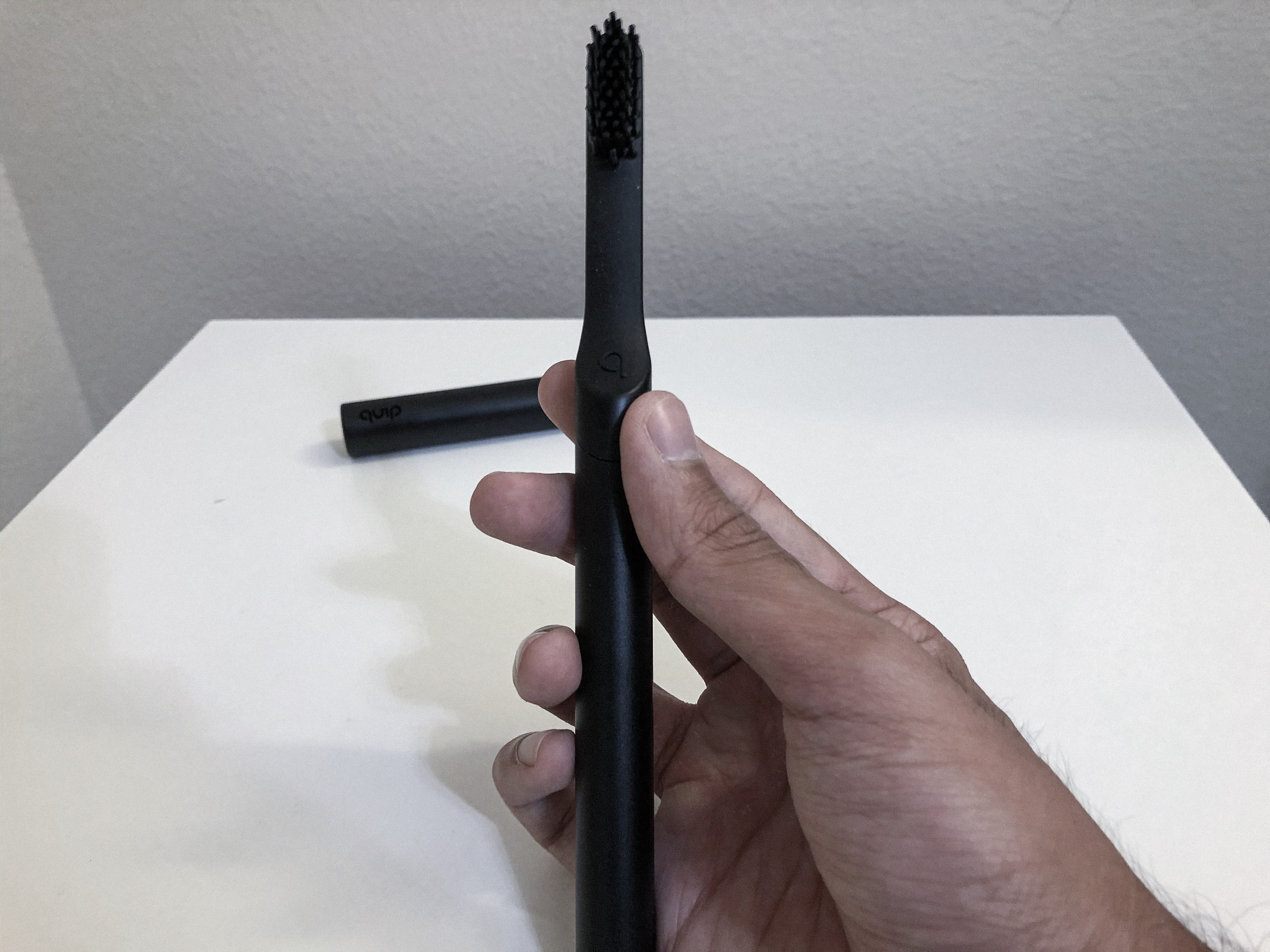
As the Internet of Things advances at a rapid rate parallel to the shrinkage of size and cost of the chips that make up our modern computing world, companies eagerly push out new products with often excessive engineering that proves to be purposeless or “smart” editions of their current product lineup. These products become the butt of jokes when engineers replace designers and you get intrusive software updates with unclear benefits to the user, confusing error messages, and security breaches for the simplest utilities such as… light switches. Compact, sleek, and strictly utilitarian, the Quip electric toothbrush represents a beautiful mix of form and function, balancing each with restraint where sensible, resulting in an object sufficiently more advanced than the one it effortlessly replaces.
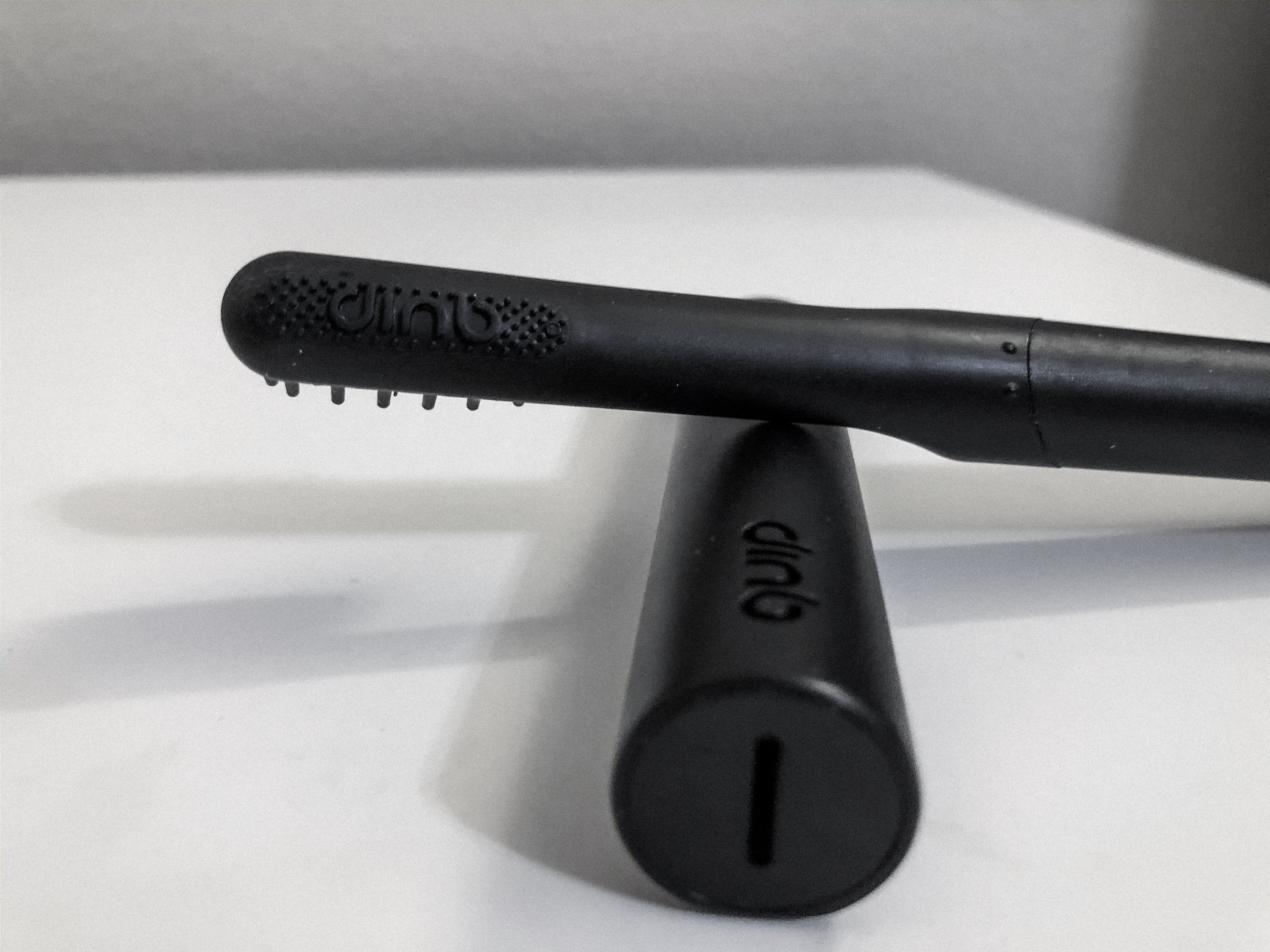
There is no denying that the Quip is a handsome device. The plastic versions of the brush are somewhat gaudy, however, coming in colors often reserved for cheap bathroom slippers. The “Edition” edition (a gaffe also made by Apple once upon a time for the Apple Watch), the one I tested, sports the same anodized aluminum construction as the Metal editions of the brush. The finish is pleasing and immediately familiar to anyone who has used a MacBook or iPad in the past. Given the choice between medical grade stainless steel and anodized aluminum, I am elated that Quip chose the more stylish, colorizable material that is aluminum. However, the option of stainless steel (despite the unusual chrome look it would sport, as well as the glossy finish that would attract fingerprints) would be appreciated. For a brush designed to last a lifetime (with literal lifetime support as long as you subscribe to their 3 month bristle/battery refill plan), the durability of painted aluminum would be questionable if the nature of the product was to be employed in a more rugged environment. For a cylindrical tube that stays in your bathroom, I have no doubts about the durability and reliability of the enclosure, developed to be as water resistant as a toothbrush would need to be.

Each Quip brush comes with a rubber head with soft, end-rounded monochromatic bristles. No gimmicks of multicolored, different textured and sized bristles along the head. All there is to it is a uniform set of bristles, with a standard texturized tongue cleaner on the back. The choice to go with rubber instead of plastic like many competitors is ingenious, giving the brush a more premium feel with the practicality of an elastic extension that doesn’t combat your teeth/gums by accident. The cute embossed Quip logo on the tongue cleaner (the only part of the brush where the brand is explicitly spelled out) is appreciative instead of a blazenly printed logo somewhere else. The only other branding on the brush is the “Q” mark, acting as the “activate” button. With the All-Black Metal Edition, the bristles are also black (and as hoped but somehow not obviously expected, the refill bristles will also always be black). These black bristles immediately distinguish the Quip from other brushes, while serving the undiscovered purpose of revealing where toothpaste is left over (as you’ll see if you should use this, a LOT of toothpaste gets left in the base of the bristles). The black bristles contrast perfectly and elegantly against standard white toothpaste. As bristles should be, these are soft rather than the medium or hard type that are unnecessarily abrasive to gums. Swapping out bristles could not be more intuitive, applying force snaps them back and off the body, no instructions needed.
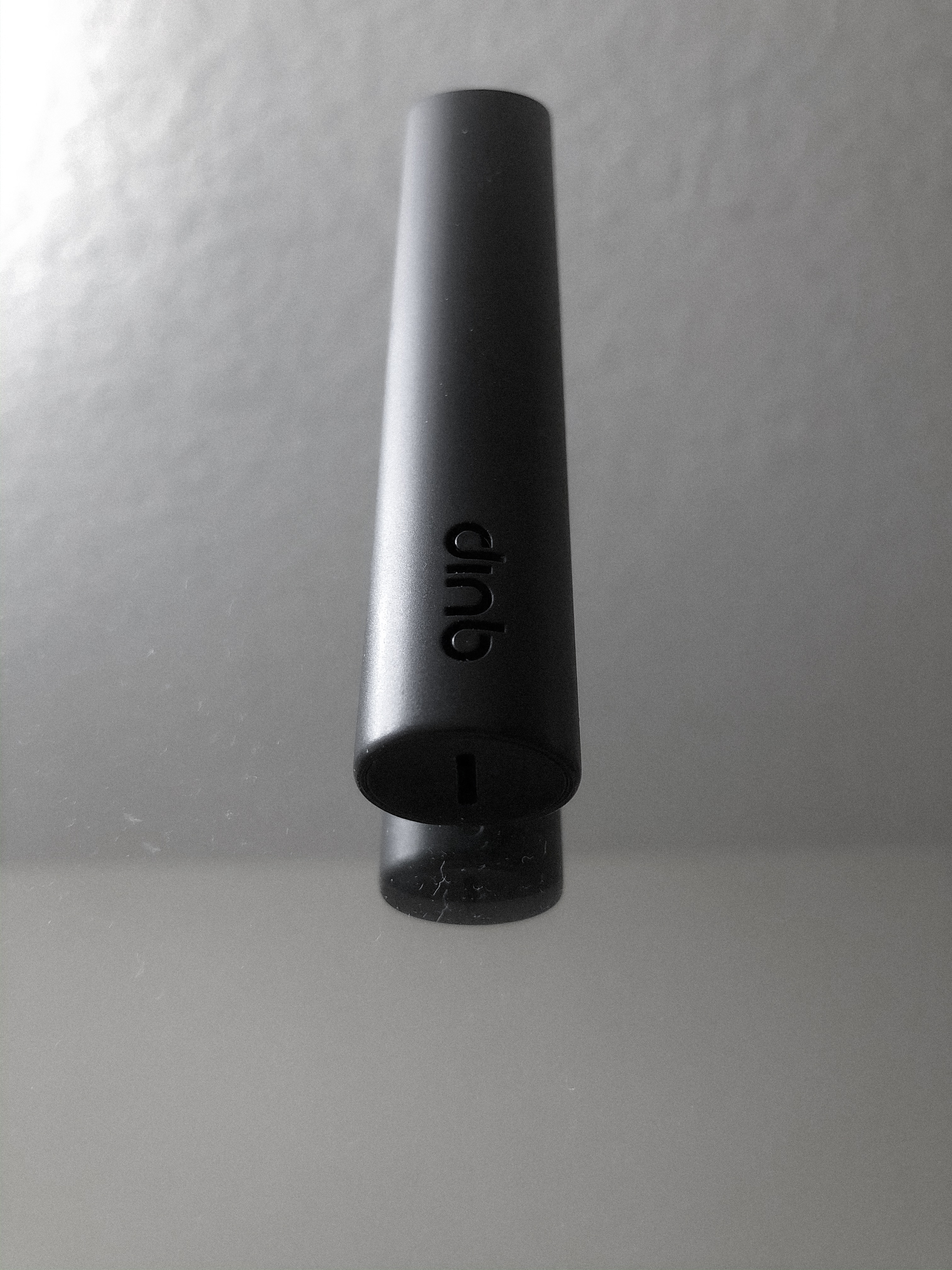
The travel cover mirror mount is somewhat of a miracle to use. Despite plastic construction (jarring for the aluminum constructed toothbrushes), it is color matched to the brush head, giving the appearance of a positively monolithic product should you dock the brush with the bristles out. The more hygienic arrangement, with the bristles in, results in a two tone display of either black or white cover and the colored body of the brush. The real magic is how the suction “strip” on the back of the cover, seems to work. With no cup to create a partial vacuum and seemingly no actual adhesive that I could sense (or one that if it were to exist, has definitely faded away after rolling around in my backpack daily), I actually don’t know how the cover mounts itself to a mirror. My best guess would’ve been micro suction cups embedded in the strip, but my naked eye does not see any and I find it hard to believe a toothbrush startup put research and development dollars into making such an idea work instead of just using a regular suction cup. Regardless, the end result is invisible and beautiful, always a good indicator of thoughtful design. The “quip” logo is laser cut out of the plastic, though when not mounted it can easily be read as “dinb”, a mistake a friend of mine actually made when trying to identify my toothbrush. Embarrassing overthought to brand the mount this way, a stain on the otherwise wonderful design. The suction strip also serves as a sufficient, but not ideal, anti-roll mechanism to stop it from falling off your counter should you decide not to mount it. Another incredible detail is the hidden concave base of the mount, rather than being flat (which would introduce the possibility of being slightly uneven or just generally more prone to tipping). From the outside, the mount has a cylindrical base, but it is concaved out at the bottom, bringing the center of gravity of the mount up along the shaft, making it more resilient to falling over. Included is a small slit to allow for potential water drainage from the brush. Brilliant.
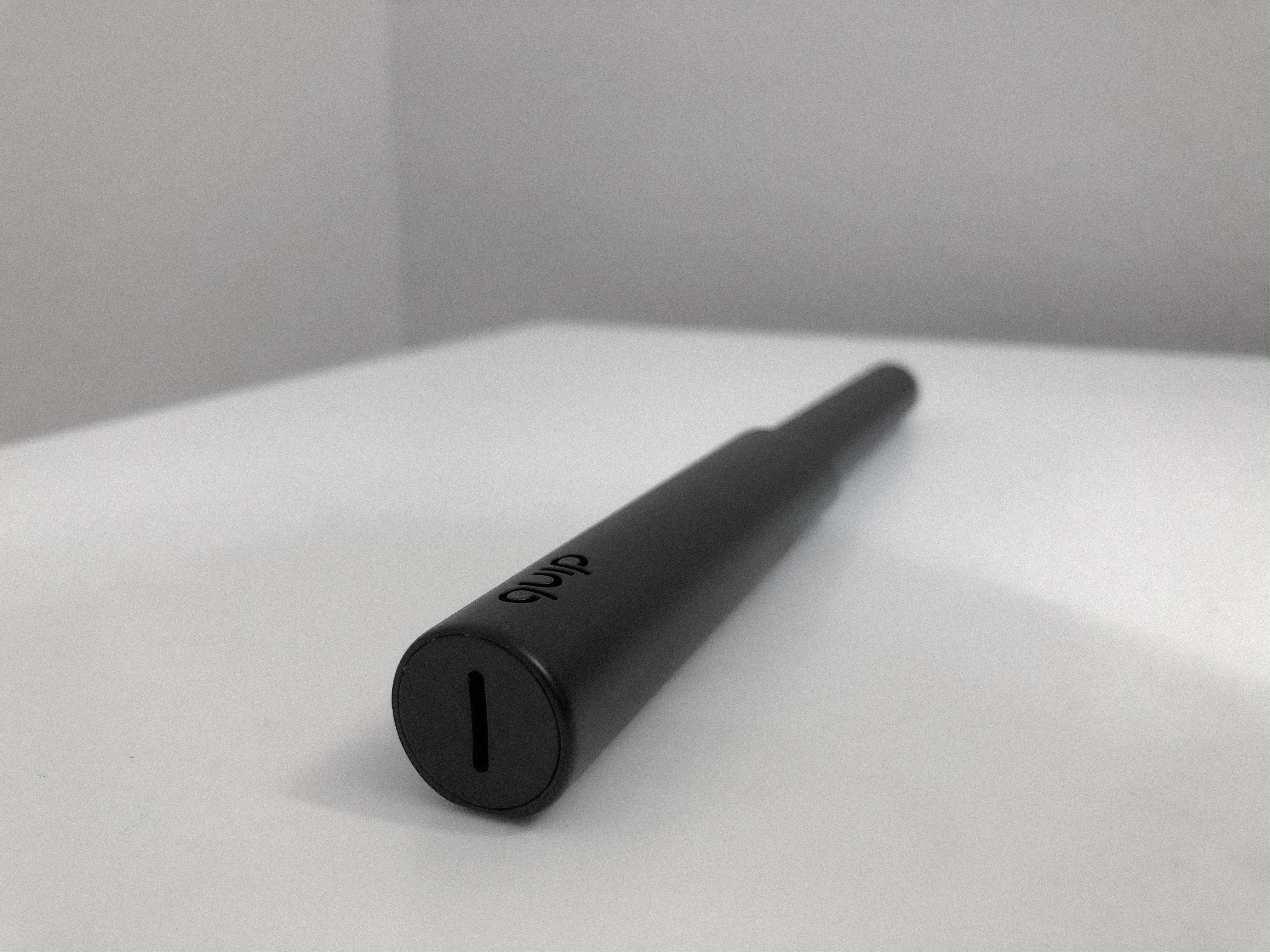
There is no app for the Quip toothbrush, no cloud service, no Bluetooth or WiFi chip inside, and definitely no nightly wired charging needed. Such restraint has allowed for renewed focus on the actual brushing experience, where getting the proper 2 minutes of brushing time matters most. Having nailed the industrial design, Quip moves on and introduces a single button that activates the timer. Every 30 seconds, the vibrations briefly stop to indicate you should move onto another quadrant of your mouth. 4 quadrants, 30 seconds of brushing time each, 2 minutes total. No light indicators, no sounds, nothing but using the actual mechanism by which the electric brush operates to signify a change in state. This kind of human factors thinking seems simple yet is unprecedented in the smart toothbrush industry. Instead of a clumsy charging dock, you get a AAA battery that slides out easily from the brush and lasts 3 months. Everything about the electronic aspects of the Quip screams “less is more”, a quality amplified by its nonchalant industrial design.
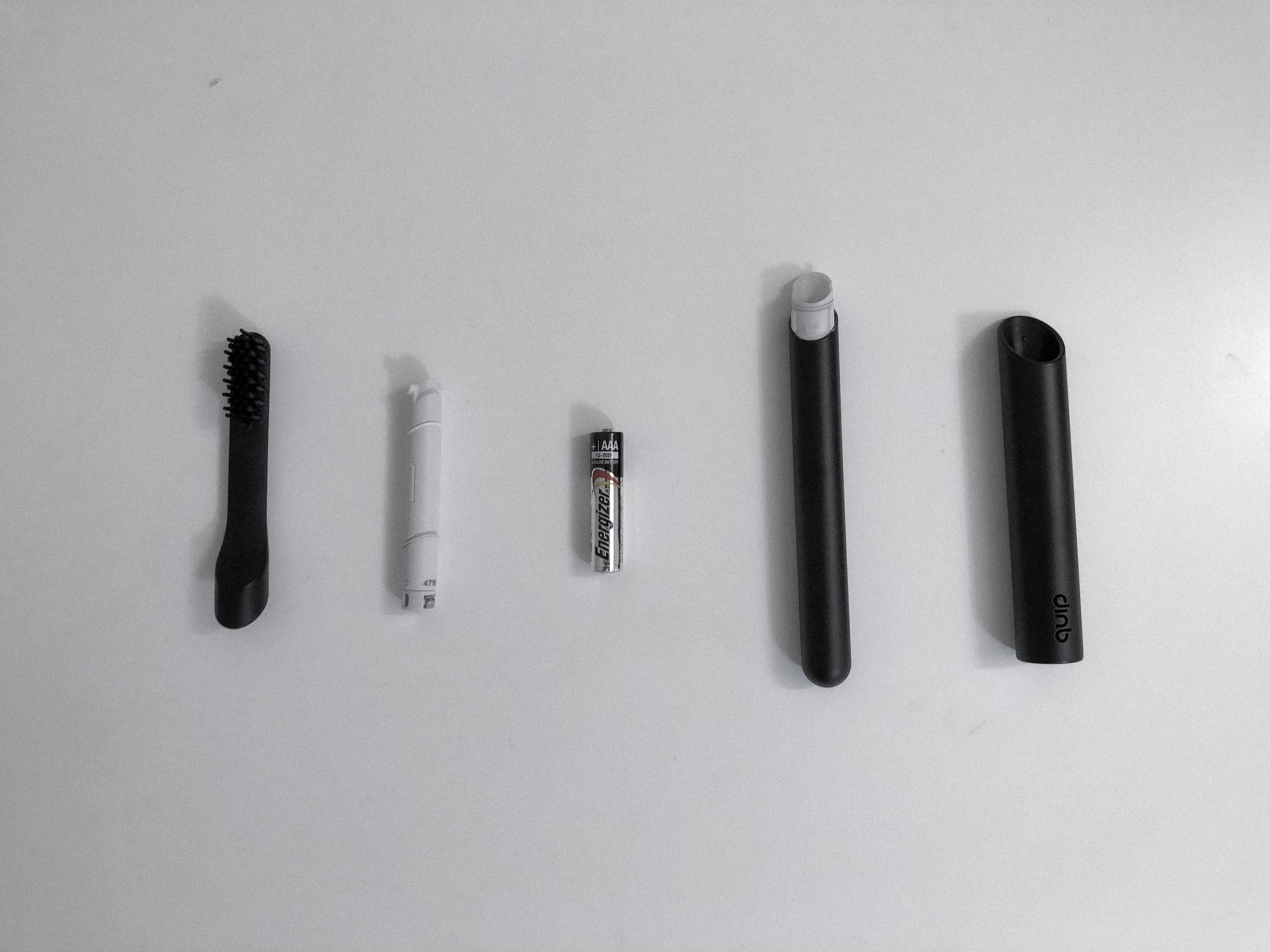
Other than the hardware, the other big component and differentiator of Quip is the refill plan. After paying the initial price of entry (starting at $25) into Quip for the brush itself, you have the option of receiving a refill pack every 3 months for $5, containing new bristles and a very sleek looking Quip branded AAA battery (the attention to detail and control over every aspect of their product is astounding. Quip even prefers you use their own toothpaste). 3 months is the dentist recommended duration for keeping a toothbrush, so essentially after the buy in price, you’re paying $5 for a new electric toothbrush every 3 months, delivered to your doorstep. This is as financially sound as a smart toothbrush can possibly get. Cancellable at any time, no hidden fees, and no shipping costs, Quip’s business model is transparent, honest, and simple. It’s rare to see a startup have their business logistics so well sorted. One time purchases can be made for heads, AAA battery, or toothpaste (mint and watermelon) as well. No complaints here in the slightest.
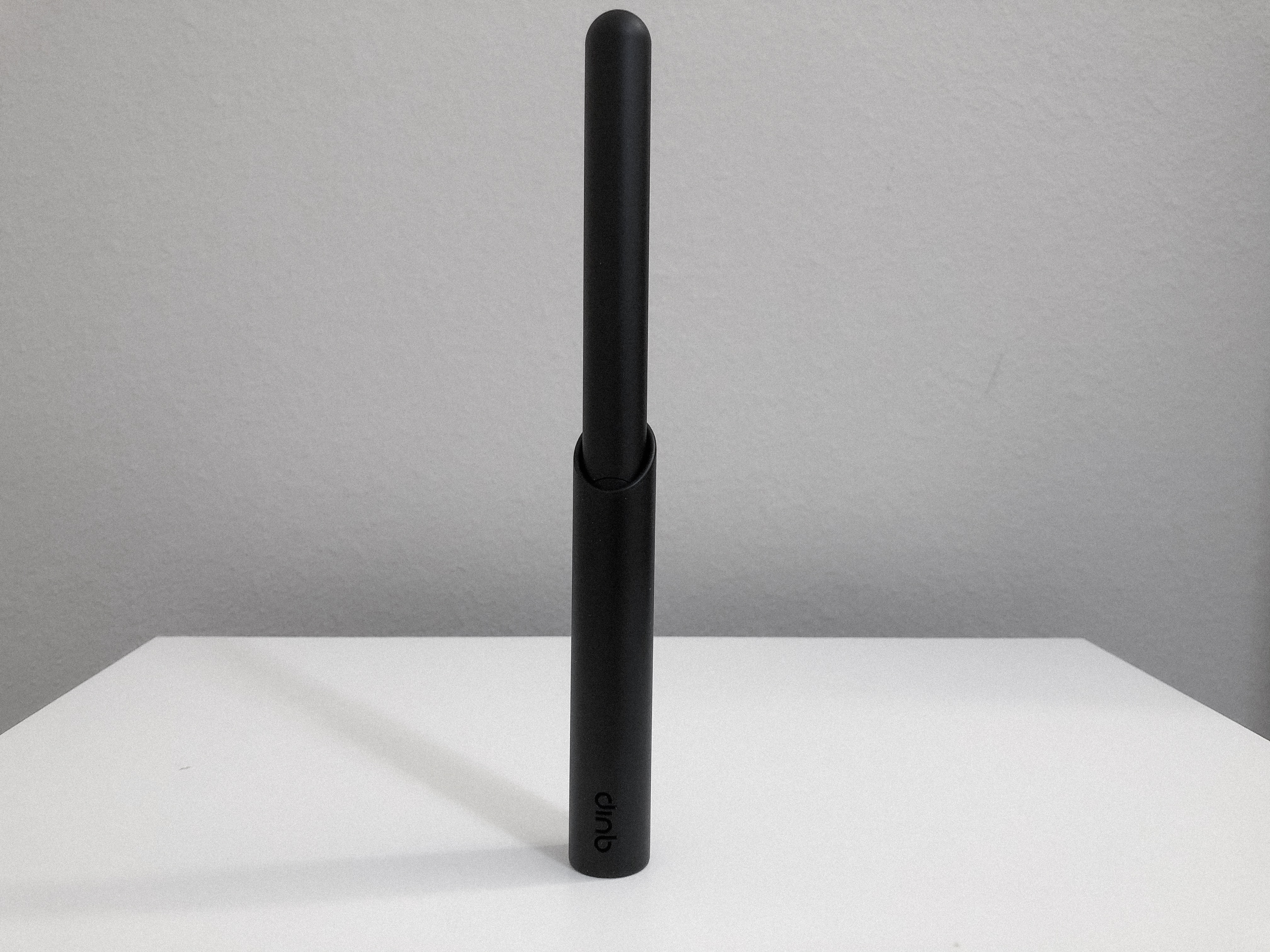
In a world of Sonicares and $150 Colgate Smart Brushes that needlessly track metrics like tooth coverage, and sport 4 different modes and buttons and switches, Quip stands head and shoulders above the others with a fine balance between price, functionality, design, and utility. It’s quieter, thinner, lighter, more stylish, more affordable and accessible, and well thought out than the other guys. It’s more everything, and is so by being LESS of everything. If you’ve been around someone brushing with a Philips Sonicare, you’d know. It’s overwhelmingly bulky and surprisingly loud. Using a Quip is about as discreet as any other standard toothbrush on the market. There is no button marked “ON”, no switch, no charging port, or gimmicky branding. At the end of the day, Quip is not a gadget and this is its biggest strength. Backed by a lucrative and trendy subscription model that actually economically makes sense, Quip nails the essentials and goes above and beyond to comfortably be the only toothbrush you would need for the rest of your life. I could go on and on about how the packaging of the Quip made for such a pleasant first experience that percolates into my most recent experience with it an hour ago. I could rave about the wonderful online experience that made it so easy to get a Quip in my hands and new bristles on it every 3 months. But the fact that an electric toothbrush boasting the sensible features that this one does appears so regular while still being gorgeous speaks volumes to what Quip has achieved, is the highest compliment I can pay to the product that best represents the future of daily dental hygiene.